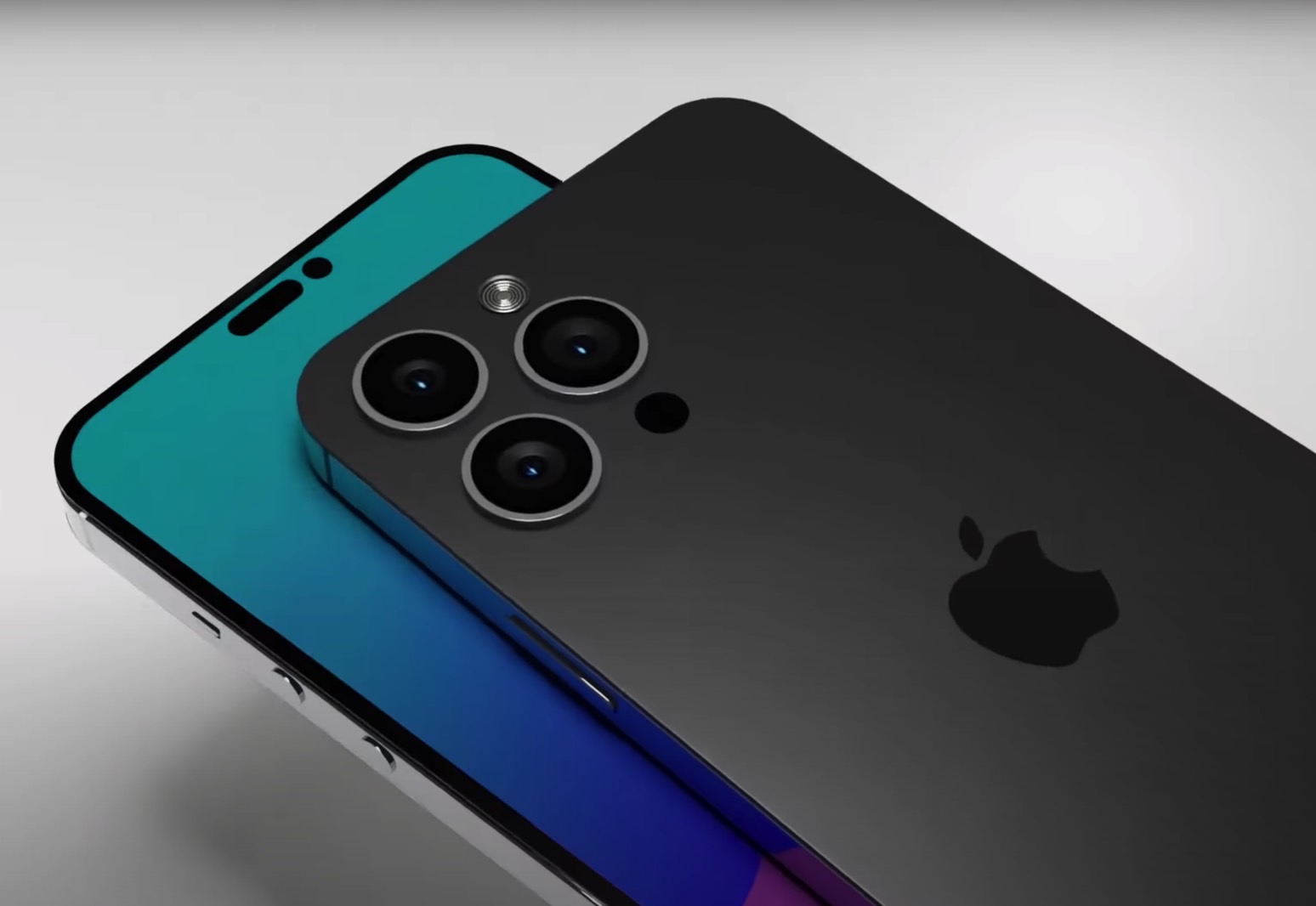Virtually every rumor out there says the iPhone 14 will be the first iPhone series to deliver an extensive display redesign since the iPhone X. Apple started altering the notch with the iPhone 13 last year, and the iPhone 13 Pro and Pro Max will be the first Apple phones to feature a hole-punch design like Android flagships. But the under-display Face ID design that some Apple fans might be waiting for won’t be here until 2024 at the earliest.
Two trusted analysts say that the iPhone 16 series will be the first to feature under-display Face ID or the feature that would let Apple match the current Android flagship design perfectly.
Will the iPhone 14 Pro have Face ID?
The reason why almost every Android flagship out there features a hole-punch display is pretty simple. When Apple came out with Face ID in 2017, Android vendors were not ready to replicate it. The technology is expensive, and Apple ensured it had access to as much parts supply as possible to meet its iPhone needs.
As Apple brought Face ID to the iPad Pro next, only a handful of Android handset makers attempted to offer 3D Face recognition on their devices. Most of them settled on placing an under-display fingerprint sensor on their expensive devices and go for hole-punch displays.
The iPhone 14 Pro and iPhone 14 Pro Max will get closer to that design. The two handsets will have two holes at the top of the display, punching through the OLED screen. One will be circular, and the other one will have the shape of a pill. However, it’s too early for under-display Face ID tech.
This dual-hole design will give the iPhone 14 Pro models a unique look. At the same time, Apple will introduce a new design, remove the notch, and keep Face ID in place.
Apple isn’t about to ditch its best biometrics authentication system for the sake of design. At the same time, it’s not ready to debut the under-display Face ID tech it’s been working on.

The under-display Face ID predictions
Several rumors said in the past few months that Apple is looking to add Touch ID support to iPhones. Handsets of the near future will support both Face ID and Touch ID. As a result, the user can choose how to unlock the phone and sign into apps.
Newly surfaced patents seemed to support those rumors. Apple had devised ways to place sensors underneath the display layer. They would be able to register 2D objects (fingerprint) and 3D objects (face) through the screen. Apple is researching ways to make possible a perfect iPhone design where all the front-facing sensors can sit under the display. But such a device would still support advanced features like Face ID authentication.
Fast-forward to last week, and a rumor said that under-display Touch ID support isn’t coming to next-gen iPhones anytime soon. Ming-Chi Kuo corrected a previous iPhone prediction, saying that Touch ID support won’t be available in 2023 and 2024.
Reacting to those reports, CEO of Display Supply Chain Consultants (DSCC) Ross Young said on Twitter that under-display Face ID isn’t coming next year. Instead, it’ll happen in 2024 when the iPhone 16 launches.
Kuo agreed with Young, saying that under-display Face ID tech is coming in 2024. The analyst added that the schedule might be related to marketing needs rather than technical issues.
Before the under-display Touch ID rumor, there was a separate story that said under-display Face ID would be available on the iPhone 15 Pro models next year. Given Young and Kuo’s new remarks, this seems unlikely.
More iPhone coverage: For more iPhone news, visit our iPhone 14 guide.








